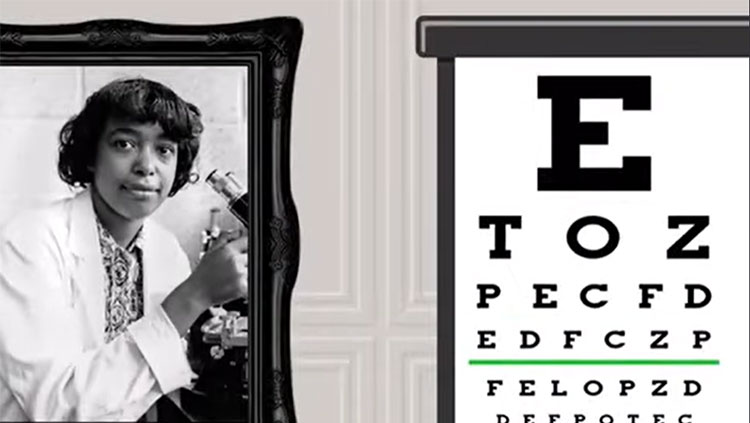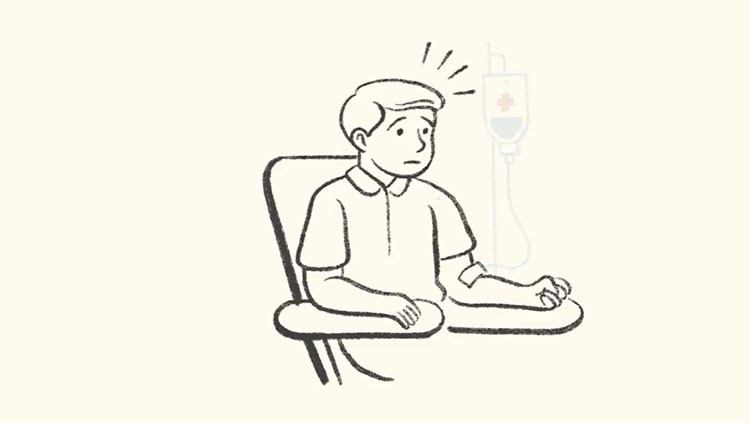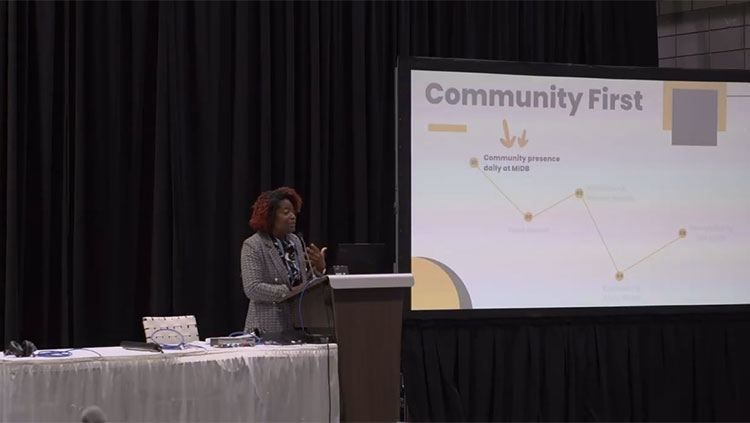Map the Brain, Not Just Neurons
- Published6 Sep 2013
- Author Douglas Fields
- Source BrainFacts/SfN
In any major mapping expedition shouldn’t the first priority be to survey the uncharted regions? In mapping the brain, that would be charting the neglected half–glia.

The Brain Mapping Initiative announced by President Barack Obama earlier this year seeks to map and monitor the function of neural connections in the entire brain of experimental animals, and eventually in the human cerebral cortex. Several researchers have raised doubts about the project, cautioning that mapping the brain is a far more complex endeavor than mapping the human genome, and its usefulness more uncertain.
I believe that exploring neural networks and developing new techniques to do so are important goals that should be supported vigorously. But simply scaling up current efforts to chart neural connections is unlikely to deliver the promised benefits: an understanding of how the brain produces perception, memories and consciousness, or treatments for diseases such as epilepsy, depression and schizophrenia.
A major stumbling block is the project’s failure to consider that while the human brain contains approximately 100 billion neurons, it contains billions more non-electric brain cells called glia. These reside outside the neuronal ‘connectome’ and operate beyond the reach of tools designed to probe electrical signaling in neurons.
Dismissed as connective tissue when they were first described in the mid-1800s, glia have long been neglected in the quest to understand electrical signaling in neurons.
Recent research is revealing that glia can sense neuronal activity and control it. Glia operate in diverse mental processes, for instance, in the formation of memories; are central in brain injury and disease; and even the root of various disorders, such as schizophrenia and Alzheimer’s, previously presumed to be exclusively neuronal.
Our understanding of one half of the brain (the part comprised of astrocytes, oligodendrocytes and microglia) lags a century behind our knowledge of neurons. I believe that answers to questions about the brain and public support for a large-scale study are more likely to come from expanding the search into this unknown territory.
Read the full article in this week’s Nature.
CONTENT PROVIDED BY
BrainFacts/SfN
Also In Supporting Research
Trending
Popular articles on BrainFacts.org


















